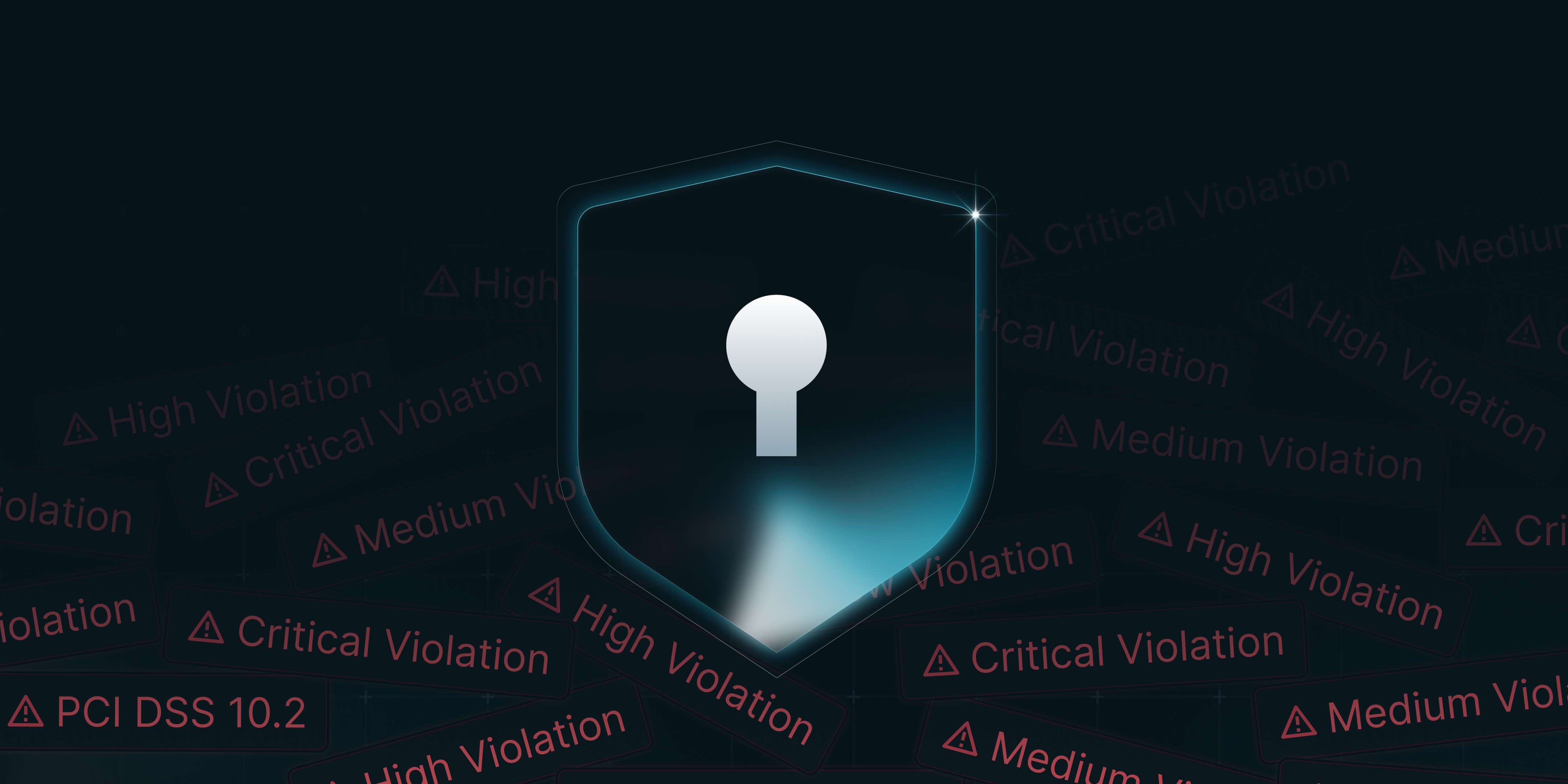Posture Isn’t Protection — Controls Are: Using Proactive Controls for Better Cyber Security

If you’re using a CSPM tool today, chances are you’re overwhelmed.
Dasboards flooded with alerts, findings, warnings, drift notices, and “maybe this is bad?” notifications. While colorful and seemingly comprehensive, something doesn’t seem right. You don’t feel secure.
We’ve accepted this feeling as normal. But maybe it’s time to ask the uncomfortable question:
What if posture isn’t protection at all?
The Tsunami of “Awareness”
Posture tools give you visibility, but far more than most teams can process. Every open port, every misconfigured role, every shadow asset. It’s all there. The problem is, most of it stays there because visibility alone doesn’t reduce risk.
Findings don’t equal action. Alerts don’t equal outcomes. You become secure by enforcing what good looks like and at the speed of business.
Security Isn’t a Report. It’s a Control Loop.
Imagine you drive through a school zone going 70mph. Twenty-four hours later, you receive a beautiful dashboard showing exactly how fast you were going, where, and for how long. Does that make you safer?
Of course not.
Safety means knowing and governing your speed as you drive. It means policy-driven enforcement, not just historical observation.
Security is the same. Controls shape what happens while posture tells you what happened. And if you’re only measuring posture, you’re always one step behind the breach.
It’s Time to Rethink What Actually Reduces Risk
For real progress, we need enforcement not findings.
Here’s what that shift looks like:
• Measure the effectiveness of actual controls, rather than just the presence of configurations
• Monitor the rate of change in your environment – the faster the change, the more brittle the posture
• Deeply understand total asset configuration state, beyond surface-level exposure
• Enforce policy automatically, instead of flagging deviations for manual triage
• Track evidence of control in action, not open findings
And perhaps most crucially:
Understand that the real perimeter in cloud environments is the configuration surface.
The idea that “identity is the new perimeter” is only partially true. Identities are one class of assets, and their power lies entirely in their configuration. The same goes for storage buckets, workloads, networking layers, and even firewalls. All are governed by configurations that determine exposure, access, and behavior.
Treat configuration as the source of truth for protection.
Security groups and access control lists still exist, but they are only as strong as the configurations that define them. The modern attack surface is shaped less by geography and more by intent expressed through config. Misconfiguration is exposure.
Go deeper into configuration logic.
Knowing a bucket is “public” is not enough. Why is it public? What roles have access? What tags define its sensitivity? Real security comes from interpreting configuration in depth and controlling it at speed.
Think of configuration as the air you breathe in the cloud.
We tend to focus on visible threats like exposed endpoints, misused credentials, or unpatched systems. That’s oxygen: critical and obvious. But the real bulk of your environment is configuration, the nitrogen. It’s everywhere, quietly shaping how resources connect, communicate, and behave. From network exposure to encryption defaults, it defines your risk surface yet is often overlooked until it breaks something.
You can’t secure what you don’t understand and, in the cloud, understanding starts with configuration. There’s no hardened shell, no static perimeter. Just a constantly shifting mesh of configurations. That’s where security lives. And that’s where control must begin.
Posture Doesn’t Reduce Risk — Controls Do
Risk doesn’t care how many findings are labeled “critical” or about your dashboards. It cares whether the door was locked, if the key is expired, and whether the policy was enforced.
Controls are the currency of safety.
We don’t need to “get better at posture.” We need to move beyond it with systems that turn intent into enforcement and enforcement into assurance.
Because the real question isn’t “What do we see?”
It’s “What do we control?”


